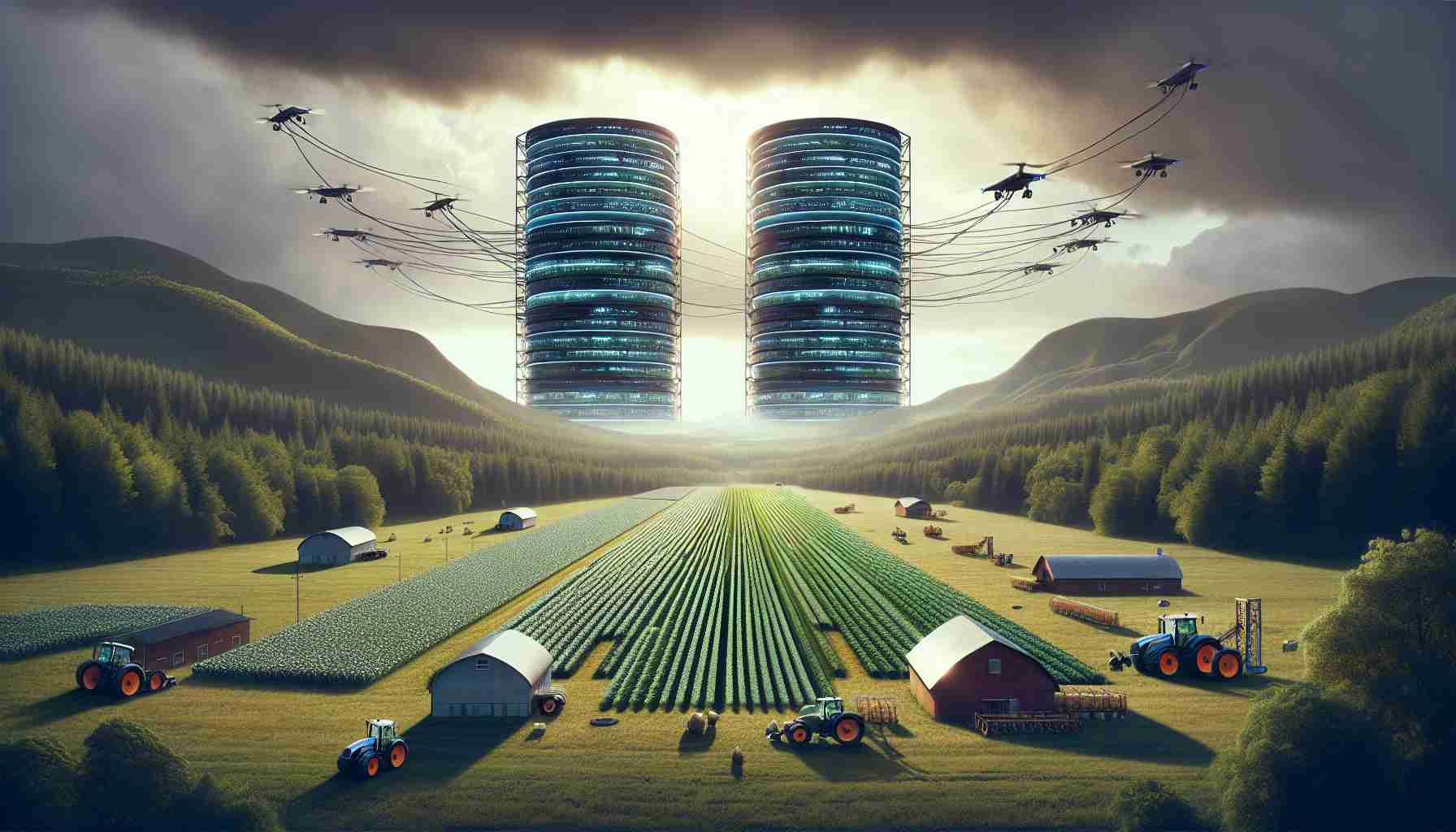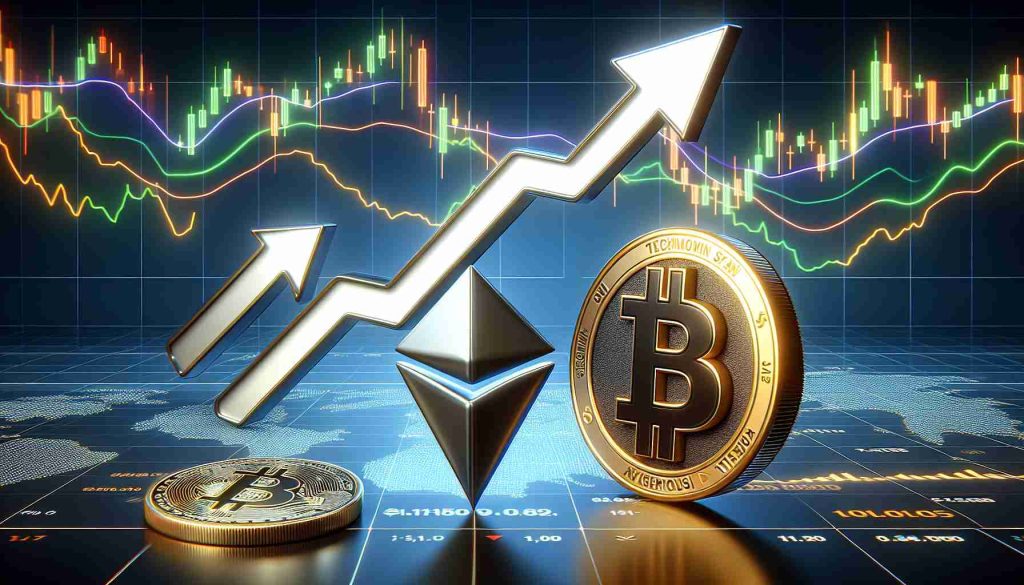In a surprising turn of events, tech behemoths Amazon and Microsoft are diving into the agricultural sector, aiming to bridge the gap between cutting-edge technology and sustainable farming practices. This unexpected alliance is set to revolutionize how we perceive and manage agriculture.
Aigen, a forward-thinking company focused on creating solar-powered robots for farms, has been recognized as a standout in Amazon Web Services’ recent Compute for Climate Fellowship. These robots not only manage weeds but also harness AI to provide valuable insights into crop health. Winners of the fellowship, like Aigen, gain access to invaluable resources such as graphics processing units (GPUs), expert advice, and enhanced computation capabilities, empowering them to optimize their data analysis processes.
Meanwhile, Microsoft has channeled its efforts toward financially supporting regenerative farming initiatives via its $1 billion Climate Innovation Fund. Over the past 18 months, significant investments have been directed towards companies such as Yard Stick, Vibrant Planet, and Farmland LP. Yard Stick specializes in affordable solutions for measuring soil organic carbon, while Vibrant Planet collaborates with entities like the US Forest Service to foster climate-resilient ecosystems. Farmland LP invests in sustainable farming practices to reduce pesticide usage and enhance carbon sequestration.
While Amazon offers a foundation of technical advancement, Microsoft provides the monetary backing necessary for long-term sustainability projects. This strategic support from tech giants reflects a growing trend of integrating technological advancements with environmental stewardship, aiming for a sustainable future in agriculture.
The Unseen Impact: How Tech Titans Transform Agriculture
Amazon and Microsoft’s venture into agriculture marks more than just an intriguing alliance but unfolds a narrative that profoundly impacts individuals and communities worldwide. From the farms themselves to local economies and even to global market dynamics, the integration of technology into agriculture fosters a complex web of benefits and challenges.
Emerging Realities and Impacts on Local Communities
While Aigen’s solar-powered robots and AI-driven data insights capture headlines, there’s a subtler story impacting farmers. By minimizing manual labor and offering advanced insights into crop management, these innovations are boosting efficiency and productivity. Local farmers, particularly in technologically underserved areas, are finding new opportunities to enhance their yields and, consequently, their livelihoods.
On the community level, these enhancements could transform rural economies. Areas that were once economically stalled by traditional farming limitations now have the potential to become vibrant hubs of tech-driven growth and employment. As local farmers can produce more with less, supply chains become more resilient, reducing dependency on imports and stabilizing local food security.
Interesting Facts and Controversies
One compelling fact is how these technological advances hold potential solutions for global food scarcity and climate change. With precision farming reducing waste and enhancing yield, these technologies contribute significantly to the UN’s Sustainable Development Goals.
However, adoption of such technologies isn’t without controversy. A rising debate questions whether these advancements might unjustly widen the gap between developed and developing nations. Could reliance on high-tech solutions create disparities, leaving small-scale farmers without resources to compete?
Moreover, the privacy implications of AI technology on farms stir concerns. Farmers scrutinize how data gathered by these systems might be used, who controls it, and whether it might eventually be leveraged by corporations for competitive advantage.
Advantages and Disadvantages
The primary advantage of this technological injection into agriculture is the enhanced capability for farms to boost productivity while maintaining sustainability. Farmers can better understand their environment and anticipate issues before they become problematic. Additionally, with solar-powered solutions reducing farming’s carbon footprint, the industry takes a critical step toward ecological responsibility.
Nevertheless, the disadvantages, like high initial costs and potential dependencies on high-tech solutions, pose significant barriers. Small-scale farmers may face financial hurdles or require significant training, potentially creating a divide within the agricultural community.
How Exactly Does This Affect Global Markets?
Globally, the integration of technology in agriculture could stabilize food prices by optimizing production and minimizing waste. This trend might lead to more stable global food markets, benefiting consumers worldwide but challenging nations heavily reliant on agricultural exports.
Would This Change the Concept of Farming?
This shift indeed redefines farming from a primarily manual enterprise to a precise and data-driven field. The new role of farmers as tech-savvy managers aligning technology with agricultural practices could set the stage for a new era in farming.
As Amazon and Microsoft continue to pioneer their efforts in this domain, they’re setting a precedent for other tech companies to follow. Only time will reveal if these strategies will sustainably balance tech advancements with equitable economic growth, paving the way for future developments in smart agriculture.
For additional resources on similar innovations, check out these links:
– Amazon Web Services
– Microsoft






















